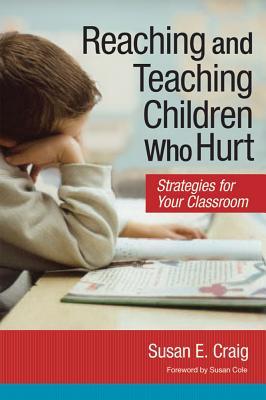Each year hundreds of thousands of children in the United States experience trauma--such as abuse, neglect, or community violence--that creates tough obstacles to academic achievement and social success. Now there's a practical, strategy-filled book that shows educators how to reach and teach students exposed to trauma.
Through clear and readable explanations of current research and enlightening vignettes, educators will understand how violence and other forms of trauma affect the key elements of a child's school and social success, including behavior, attention, memory, and language. Then they'll find dozens of simple, creative ideas--easy to use in any classroom, on any budget--that show them how to
- adapt instruction to address the learning characteristics of children exposed to trauma
- help students develop the most important skills they need to succeed in school
- use positive behavior supports so children can stay calm and focused on learning
- build meaningful, appropriate, and supportive teacher-student relationships
- encourage positive peer relationships through cooperative games, group projects, and buddy systems
- provide predictable routines that instill a sense of safety and control
- avoid burnout and reduce the effects of compassion fatigue
- integrate a trauma-sensitive perspective across an entire school
Throughout the book, realistic sample scenarios demonstrate how teachers can make the strategies work in their classroom, and challenging What Would You Do? quizzes sharpen educators' instincts so they can respond skillfully in difficult situations. With this timely, much-needed guidebook, education professionals will create supportive classrooms and schools that meet the complex learning needs of children who hurt--and help the most vulnerable students build resilience and hope.
